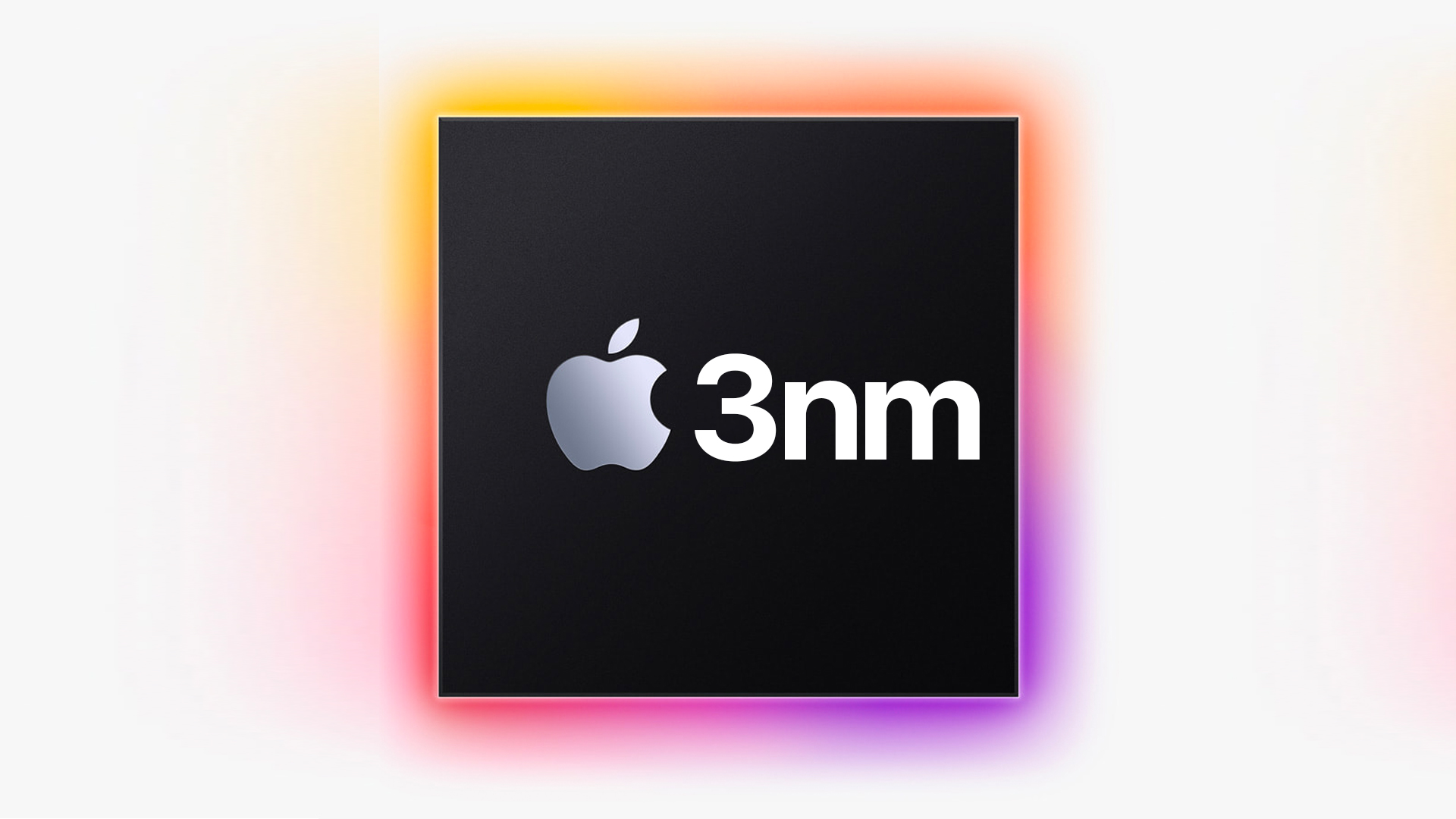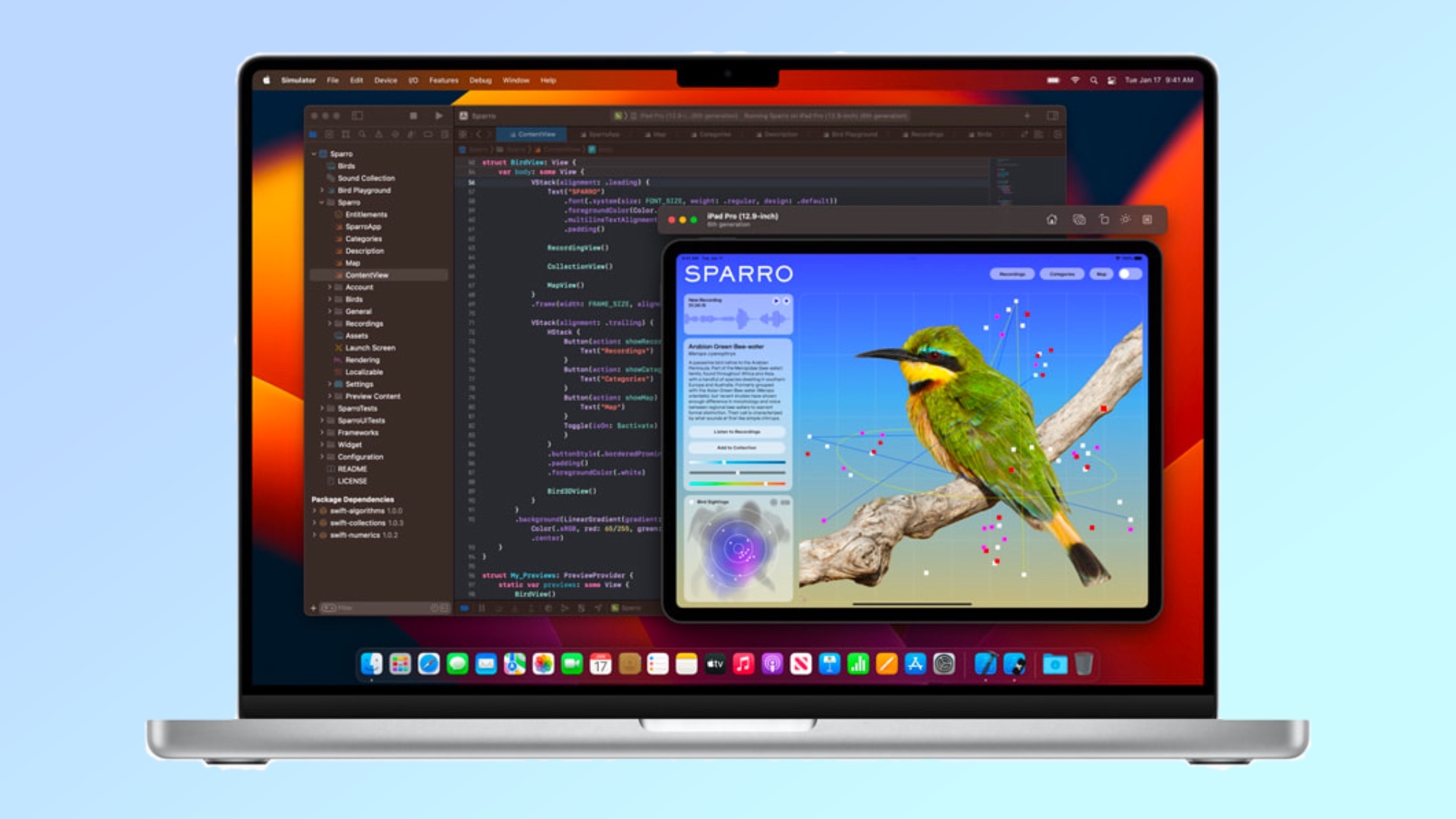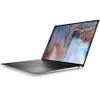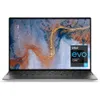iPhone 15 Pro: The sneaky thing Apple did to get first dibs on the 3nm chip (report)
Apple is drinking all the silicon milkshake

The 3nm chipset is set to be the next generation of processors, but Apple is reportedly deterring that plan by hoarding them all. As DigiTimes reports, the Cupertino-based tech giant ordered 100% of the initial supply of these chips from the Taiwan Semiconductor Manufacturing Company (TSMC), which leaves absolutely nothing for its competitors to snatch up.
According to the rumor mill, this 3nm technology will be the driving force behind M3 chips in the upcoming MacBook Air as well as the A17 Bionics inside the next-gen iPhone 15 Pro.
What is a 3nm chipset?

Put simply, it’s the ability to pack more transistors into a similar-sized chip. For the uninitiated, "3nm" refers to the miniaturized size of transistors, which means you can vastly increase the density over the 4nm and 5nm chips you currently see today.
To the end users, this means better performance and increased power efficiency. Currently, the only claim we have about 3nm tech is that it will deliver a 35% power efficiency over 4nm. That, especially in terms of the iPhone, is a huge step up in battery efficiency and big gains over the already impressive stamina of the MacBook.
However, there is one problem. Not for Apple, but for everyone else who is now stuck with these bigger transistors. Did the Cupertino-based tech giant just block everyone else from making a faster chip buying all of the initial stock?
Outlook
Yesterday, we talked about Intel delaying its order of 3nm chips from TSMC until the end of 2024. While there may be some technical reasons, this could be one of the bigger contributing factors as to why that is.
Chances are a lot of competitors are having similar talks to this (if this report is true, of course). And Apple is not stopping there; the company is set to be the first customer of TSMC’s N3E, an enhanced version of N3, in the second half of 2023.
Sign up to receive The Snapshot, a free special dispatch from Laptop Mag, in your inbox.
As mentioned at the outset, the next-gen iPhone and MacBook Air will likely be the first devices with these improved chips. Translation: they will appear in the fall. Consider me excited to see what performance gains this new chip manufacturing standard will deliver.

Jason brought a decade of tech and gaming journalism experience to his role as a writer at Laptop Mag, and he is now the Managing Editor of Computing at Tom's Guide. He takes a particular interest in writing articles and creating videos about laptops, headphones and games. He has previously written for Kotaku, Stuff and BBC Science Focus. In his spare time, you'll find Jason looking for good dogs to pet or thinking about eating pizza if he isn't already.










